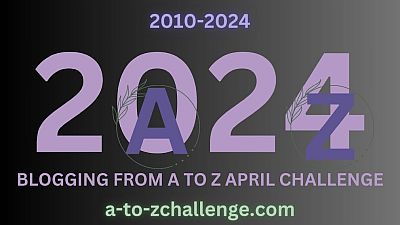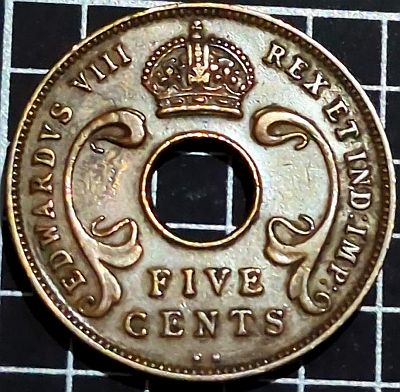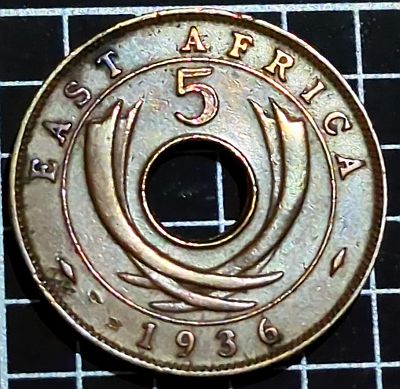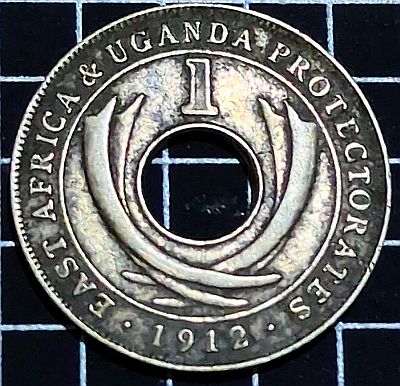One of few coins bearing Edward VIII
This is my entry for Day 5 “E” of the Blogging from A-Z April Challenge!
E = East Africa.


The countries which used the East African Shilling and when they stopped (left), and the area of a new proposed East African Shilling (right). From Wikipedia.
British East Africa
British East Africa broadly encompassed what today, is Kenya. The country today borders Tanzania, Uganda, which in the early 20th century was also a British colony, South Sudan, Ethiopia and Somalia.
One of the initial attractions of the region was the fertile land around Lake Victoria. The second largest freshwater lake in the world, it intersects present-day Uganda, Kenya and Tanzania.
Initially the “East Africa Protectorate”, coins were jointly issued between the protectorates of East Africa and Uganda and used across the British controlled region encompassing East Africa, Tanzania and Kenya. In 1920, the “East Africa Protectorate” became “The Colony of Kenya” and in 1964, it became fully independent. Coins continued to be jointly issued until independence.
Obverse

The coin is 26mm with a hole in the center. It features a crown above the hole, and the value (written) below, with the King’s name and title either side. Written “EDWARDVS VIII REX ET IND:IMP:” This translates from Latin to “Edward VIII, King and Emperor of India”. The British Monarch at the time also held the title of Emperor (or Empress) of India.
At the very bottom on my piece are the letters “KN”. This stands for “King’s Norton Metal Company” in Birmingham, UK. These coins were also produced by “Heaton and Sons Mint“, also in Birmingham. Heaton coins have an “H”.
King Edward VIII
King Edward VIII, eldest son of King George V, became king on the death of his father on 20th January 1936. His reign was short and rocky. He abdicated the throne on 11th December 1936. At 326 days, his reign is the 4th shortest reign recorded by a British Monarch, and the shortest in 500 years. As such, a formal coin portrait was never completed. Several “pattern” coins were created bearing his portrait – that is a coin minted in small numbers to test the design, and to get final approval before it goes into wider production etc. So, no circulation coins were minted bearing King Edward VIII’s portrait. The king was known to want his portrait to face left, to show his “good” side. This would have broken with the tradition that British monarchs face the opposite way to their predecessor on coins. His father, George V had faced left, as per tradition, so had coins been produced, Edward VIII should have faced right. When he took the throne after the abdication, Edward’s brother George VI faced left in order to maintain tradition as if it had been unbroken.
Although there were no coins bearing the King’s portrait, there were still coins issued in his name. Coins from colonies with holes in them were produced, as these required only the name. These countries were:
- British West Africa
- East Africa
- Fiji
- Several Indian Princely States (in fact, these coins did not have a hole, but their design did not incorporate a portrait)
- Papua New Guinea
Reverse

The reverse of the coin features the country name, value and the year. The hole is surrounded by elephant tusks.
There are several interesting aspects to the coin worth mentioning. One is the value. At the time, some British colonies, like Australia, used “Pounds, Shillings and Pence” pegged to the British equivalents. Not all colonies used this. Some, including Hong Kong, had gone directly to a decimal system, which was seen as easier (Britain finally got there in 1971). East Africa followed this trend, although the currency was still pegged to the British pound. 100 cents equalled 1 East Africa shilling. 20 Shillings were worth one East Africa Pound. One East Africa Pound was worth One British Pound.
The other interesting aspect about this coin is that of the country name minted on the coin, East Africa. Prior to 1920, it was the Protectorate of East Africa. The coins of that period were also used in Uganda and had “East Africa & Uganda Protectorates” on them. In 1920, Kenya became a colony, although the coins were still “East Africa”, and as previously noted, were used more widely than the area of modern-day Kenya. The first coins with “Kenya” written on them were minted after full independence in 1964.

Here is an earlier 1912 “East Africa & Uganda Protectorates” one cent coin.
Proposed new East African Shilling
There is a proposal currently in east Africa for a monetary union, where several countries use the one currency. The proposed countries who may use the new “East African Shilling” include Burundi, Kenya, Rwanda, South Sudan, Tanzania and Uganda. Originally put forward in 2013, the target date of 2024 has been pushed back to 2031 at this stage.
What is your favourite country which no longer exists or has renamed from what it used to be? Not a country, but I know I’ve covered a few coins from Turkey and it’s predecessors (back to the Byzantine Roman Empire) and several times mentioned the city of Constantinople which renamed to Istanbul.


Leave a Reply